CS Unplugged: Error Detection
Use the Error Detection offline activity to explore how a computer uses parity error checking to find errors. A parity bit is a single bit added to binary data. This task uses a 'magic trick' to engage learners and introduce the idea of adding a parity bit to data. It relies on the parity bit indicating whether a column of data is an odd or even value. The activity also shows real examples of this error detection technique using a ten-digit code ISBN (International Standard Book Number) and Bar code. Support your teaching and learning with video clips and other related resources.
Additional details
| Year band(s) | 7-8 |
|---|---|
| Format | Web page |
| Core and overarching concepts | Digital systems |
| Australian Curriculum Digital Technologies code(s) |
AC9TDI8K01
Explain how hardware specifications affect performance and select appropriate hardware for particular tasks and workloads
AC9TDI8K02
Investigate how data is transmitted and secured in wired and wireless networks including the internet
AC9TDI8P02
Analyse and visualise data using a range of software, including spreadsheets and databases, to draw conclusions and make predictions by identifying trends |
| Keywords | Communication, Written calculations, Binary numbers, Parity bit, Error detection, Checksum |
| Organisation | University of Canterbury, New Zealand |
| Copyright | Creative Commons BY-NC-SA 4.0 |
Related resources
-
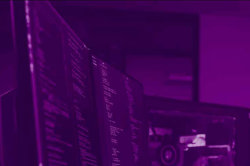
Emulating nature's perfect pursuit
A case study briefly describing an AI project where scientists have adapted dragonflies’ neuronal processes into a unique algorithm that emulates the insect’s phenomenal visual tracking capability.
-
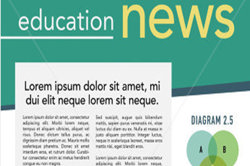
Home/School communications
In this lesson sequence, students use big data sets and school surveys, to design (and as an extension activity, make) a new digital communication solution for the school.
-
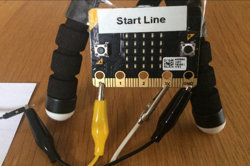
Creating a digital start line and finish line with micro:bits (Years 7-8)
The following activity suggests one-way Digital Technologies could be integrated into a unit where vehicles are being designed and produced.
-
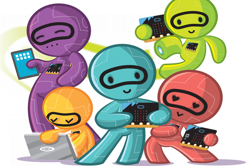
Networking with the micro:bit
This downloadable free book presents a series of activities to teach the basics of computer networks. While you may not learn all aspects of computer networking, these activities provide a useful selection and serve as a good starting point to cater for your student's needs, skill and knowledge.
-

Home automation: General purpose programming
Investigate home automation systems, including those powered by artificial intelligence (AI) with speech recognition capability.
-
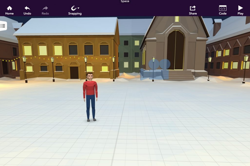
VR creation with CoSpaces: The Basics
Create virtual reality with CoSpaces a new tool to explore Virtual reality (VR).
-
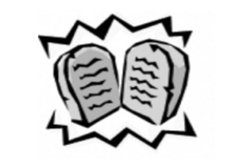
Network Protocols
Use this unplugged activity to explore how computers talk to each other over the internet via messages.
